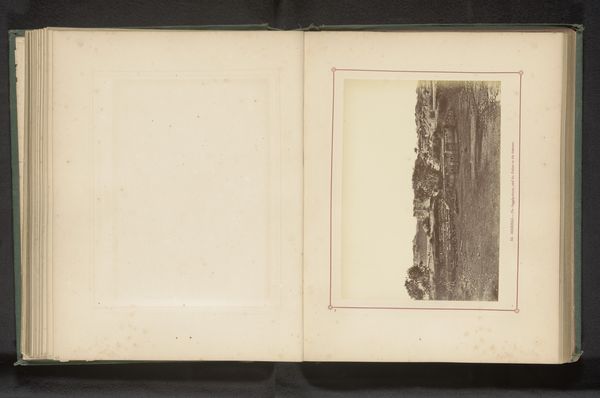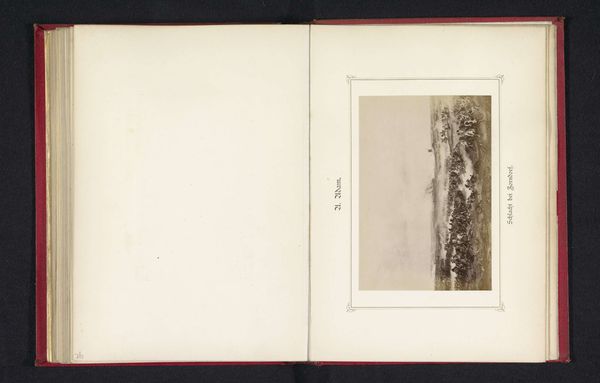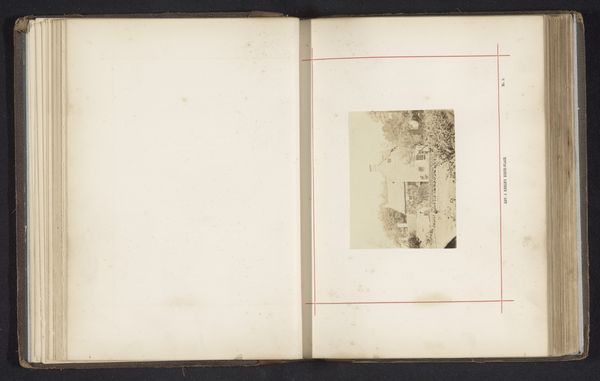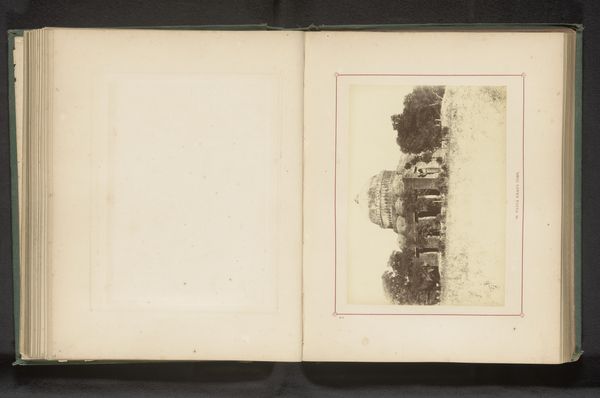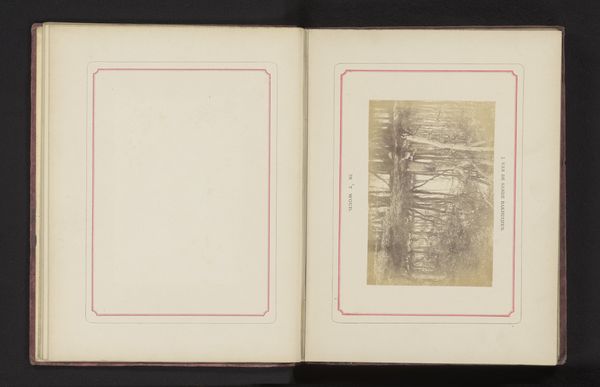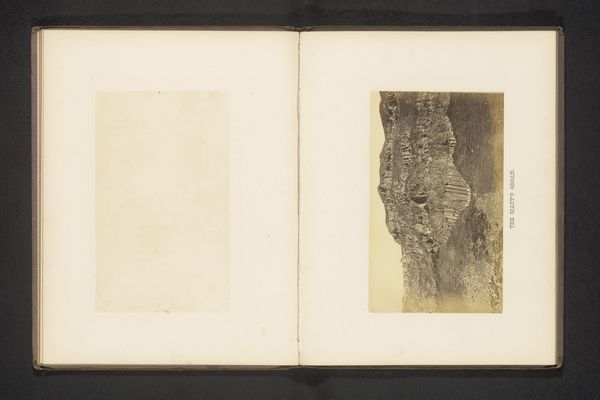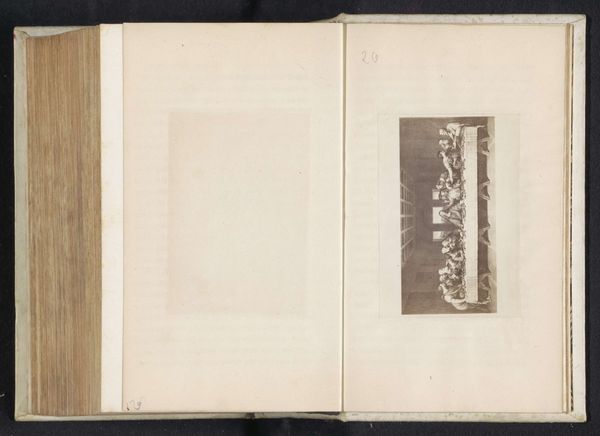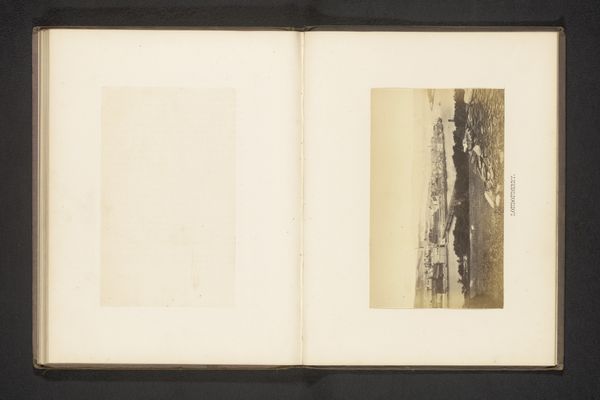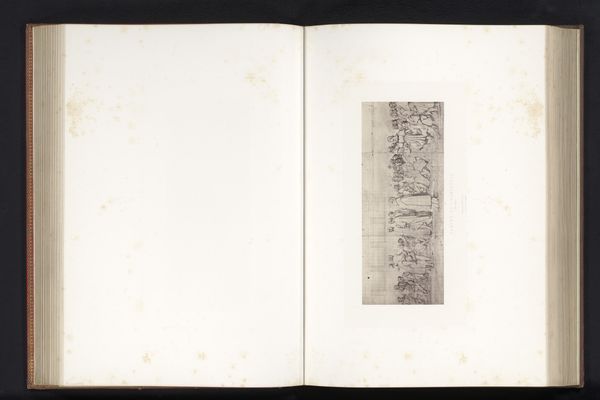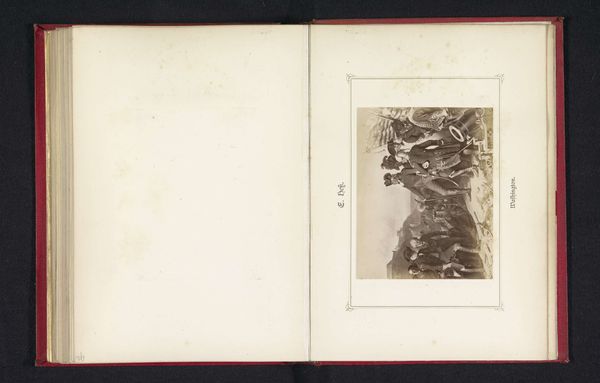
Fotoreproductie van een schilderij, voorstellende de Slag bij Leipzig c. 1875 - 1880
0:00
0:00
mixed-media, print, photography, collotype, albumen-print
#
mixed-media
# print
#
landscape
#
photography
#
collotype
#
history-painting
#
watercolor
#
albumen-print
Dimensions: height 74 mm, width 135 mm
Copyright: Rijks Museum: Open Domain
Editor: Here we have an anonymous artwork dating from about 1875 to 1880, titled 'Fotoreproductie van een schilderij, voorstellende de Slag bij Leipzig' – so a photo reproduction of a painting representing the Battle of Leipzig. Looking at this albumen print, it feels like a strangely sanitized view of war, almost like a carefully staged tableau. What's your take on this representation of battle? Curator: The "sanitized" quality you observe speaks volumes about how 19th-century society wanted to remember or perhaps *construct* its history. Consider the context: photography was still a relatively new medium, often employed to document and legitimize events for a wider audience. A photo-reproduction suggests a hierarchy - that the original *painting* held a position of cultural authority that photography sought to echo. How does this medium choice shape the understanding of history in your opinion? Editor: I guess it lends an air of objectivity, even if the original painting was itself an interpretation. It's like a degree of separation, distancing the viewer from the brutal reality. Does that influence our reading of the image as a kind of… propaganda, perhaps? Curator: Precisely. And it wasn’t just about glorifying victory. The very act of representing war as a grand spectacle, filtered through the lenses of painting and photography, served to normalize it within the cultural landscape. Think about how museums at the time, and even now, frame these narratives. Who is included, who is omitted, and to what end? What impact might it have on shaping national identity and public memory? Editor: So, it’s not just about what the image depicts, but the whole institutional framework surrounding it. A reproduction in a photograph makes it both more accessible and subtly shapes its reception. Food for thought! Curator: Indeed. By questioning the image's production, circulation, and institutional framing, we can uncover the complex power dynamics at play in shaping historical narratives. It has given me a lot to consider too, thank you.
Comments
No comments
Be the first to comment and join the conversation on the ultimate creative platform.

